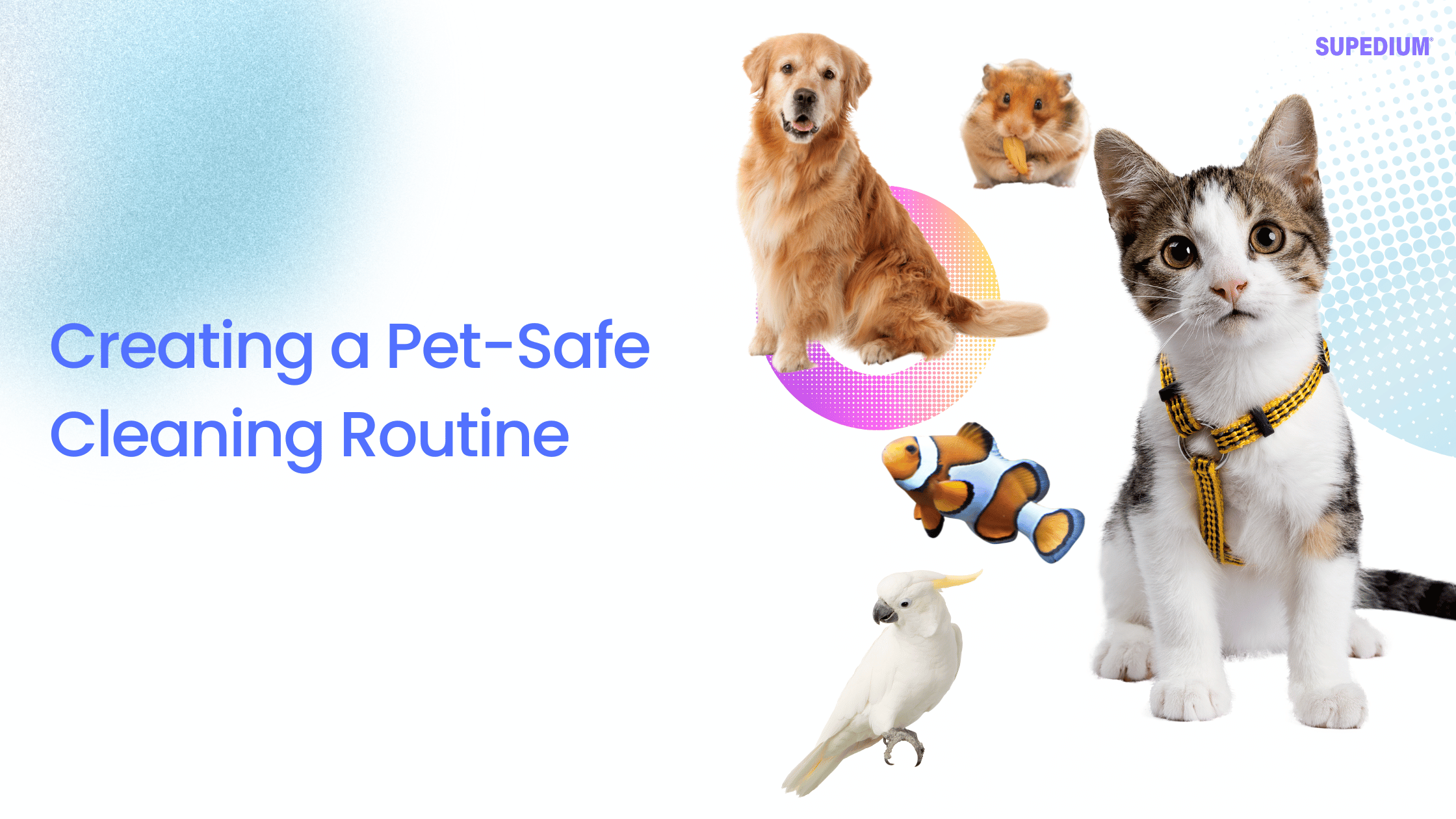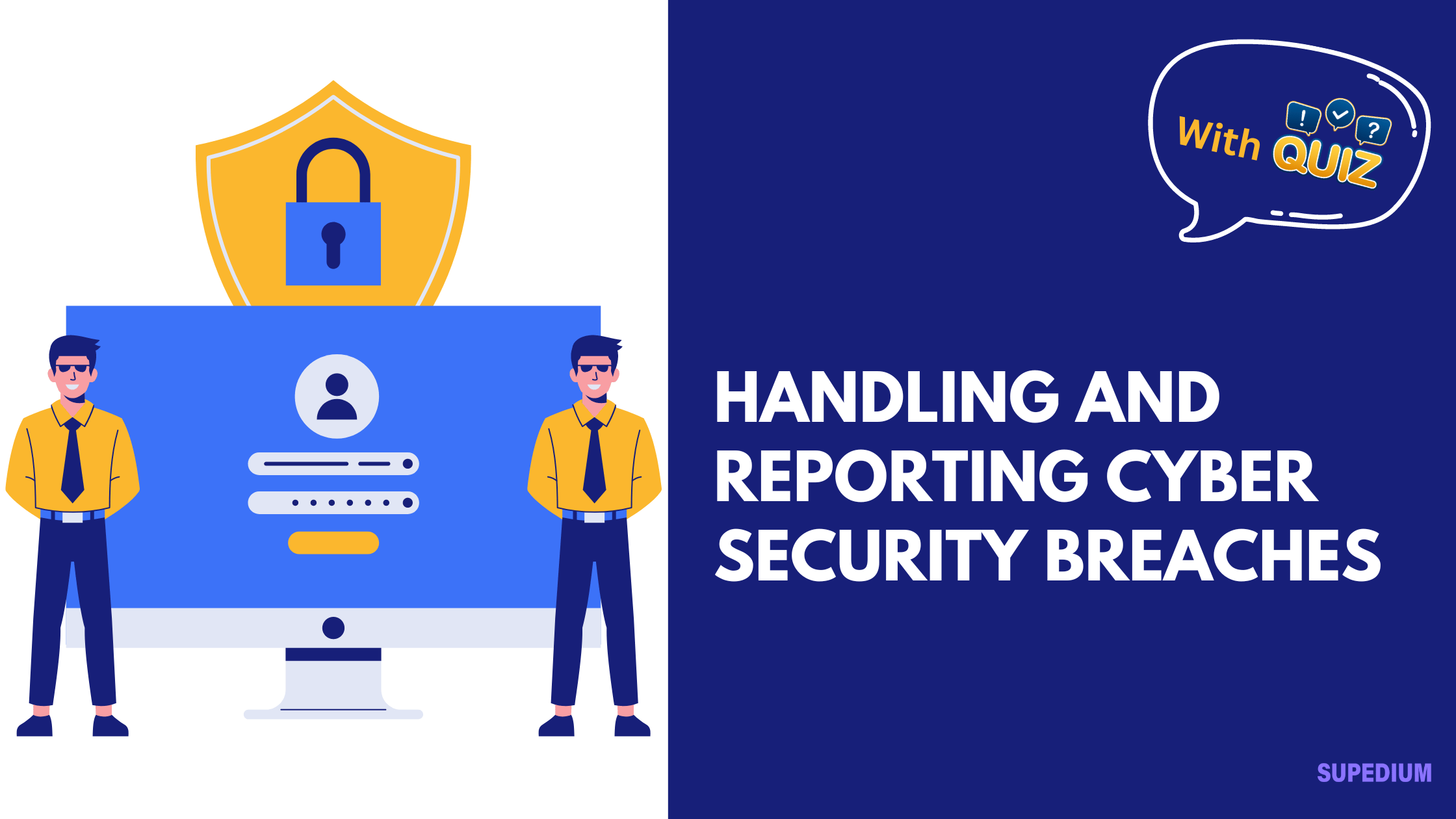Table of Contents
![]()
Maintaining a clean home is essential for your family’s health and comfort, including your furry or feathered friends. However, many conventional cleaning products contain chemicals that can be harmful to pets. Creating a pet-safe cleaning routine ensures a clean and healthy environment for everyone in your home.
Understanding Pet-Safe Cleaning
Characteristics of Pet-Safe Cleaning Products
Pet-safe cleaning products are designed to be non-toxic and gentle for your pets. Look for:
- Non-Toxic Ingredients: Products that avoid harsh chemicals like bleach, ammonia, or phenols.
- Biodegradability: Eco-friendly options that minimize environmental harm.
- Mild Scents or Unscented Options: Avoid artificial fragrances or strong essential oils that may irritate pets.
Reading Labels
Check for labels indicating the product is pet-safe. Be cautious of vague ingredient lists or products without certifications, and always research unfamiliar components.
General Tips for a Pet-Safe Cleaning Routine
- Keep Pets Away While Cleaning:
Confine your pets to another room while cleaning to prevent exposure to fumes or wet surfaces. - Ventilate the Area:
Open windows and use fans to ensure good airflow during and after cleaning. - Avoid Direct Contact:
Ensure pets don’t walk on or lick freshly cleaned surfaces until they’re completely dry. - Store Cleaning Supplies Safely:
Even pet-safe products should be stored securely, out of reach from curious pets.
Cleaning Supplies and Alternatives
Safe Commercial Products
Many brands offer pet-safe cleaning solutions, often labeled with terms like “non-toxic” or “pet-friendly.” Look for reputable options designed specifically for households with pets.
DIY Cleaning Solutions
Homemade cleaning solutions can be just as effective and safer for pets.
- Vinegar and Water: A simple solution for cleaning glass and surfaces.
- Baking Soda: Excellent for deodorizing carpets or upholstery.
- Hydrogen Peroxide: Effective for stain removal but should be used sparingly and rinsed thoroughly.
What to Avoid
Steer clear of products containing bleach, ammonia, phenols, and artificial fragrances. Also, avoid toxic essential oils like tea tree, eucalyptus, or peppermint.
Room-by-Room Cleaning Guide
Living Room
- Vacuuming: Regularly vacuum to remove pet hair, dander, and dirt.
- Furniture Cleaning: Use pet-safe upholstery cleaners and wipe down surfaces with non-toxic solutions.
- Floor Cleaners: Choose mild, pet-friendly options, especially if your pets spend time on the floor.
Kitchen
- Counters and Floors: Clean with non-toxic, residue-free products.
- Pet Bowls: Wash food and water bowls daily with mild soap and hot water.
Bathroom
- Sinks, Tubs, and Tiles: Clean with vinegar and baking soda to avoid harsh chemicals.
- Toilets: Keep lids closed to prevent pets from drinking cleaning chemicals.
Bedrooms
- Pet Bedding: Wash regularly with unscented, hypoallergenic detergent.
- Carpets and Mattresses: Vacuum frequently and use pet-safe deodorizers.
Outdoor Areas
- Avoid chemical pesticides and fertilizers that can harm pets. Use pet-safe alternatives for weed and pest control.
Cleaning Specific Pet Items
Pet Bedding
Wash pet beds frequently with unscented detergent and dry thoroughly to prevent mold or odors.
Toys
- Hard Toys: Clean with soap and water or a vinegar solution.
- Fabric Toys: Machine wash using pet-safe detergent.
Litter Boxes and Cages
- Use mild cleaning solutions to avoid irritating your pet.
- Rinse thoroughly to remove all cleaning residues.
Food and Water Bowls
Clean daily with pet-safe soap and hot water to prevent bacteria buildup.
Crates and Carriers
Wipe down with pet-safe disinfectants and air dry before reuse.
Handling Accidents Safely
Cleaning Urine, Feces, or Vomit
- Use enzymatic cleaners to break down organic stains and odors.
- Avoid ammonia-based products, which mimic the smell of urine and may encourage re-marking.
Neutralizing Odors
- Sprinkle baking soda on carpets or furniture and vacuum it up after a few hours.
- Use activated charcoal or pet-safe deodorizers for persistent smells.
Dealing with Stains
- Blot stains gently to avoid spreading.
- For tough stains, use a mixture of vinegar and water or a pet-safe stain remover.
Training Pets to Cooperate with Cleaning
Cleaning time can be stressful for pets, but training can make the process smoother.
- Gradually introduce pets to cleaning routines and equipment to reduce anxiety.
- Use positive reinforcement, such as treats or praise, for calm behavior during cleaning.
- Avoid loud or sudden noises from vacuums or other cleaning tools.
Benefits of a Pet-Safe Cleaning Routine
A pet-safe cleaning routine benefits both you and your pet:
- Healthier Environment: Reduces the risk of toxic exposure and allergies.
- Happier Pets: Ensures their comfort and well-being.
- Peace of Mind: Knowing your home is safe for every member of your family, human and animal alike.
Conclusion
A pet-safe cleaning routine is essential for maintaining a clean and healthy home without compromising your pet’s safety. By choosing non-toxic products, incorporating natural alternatives, and keeping your pets’ needs in mind, you can create a safe and harmonious living space. Prioritize your pet’s well-being and enjoy the peace of mind that comes with a clean, safe home.
Share This





Be the first to comment